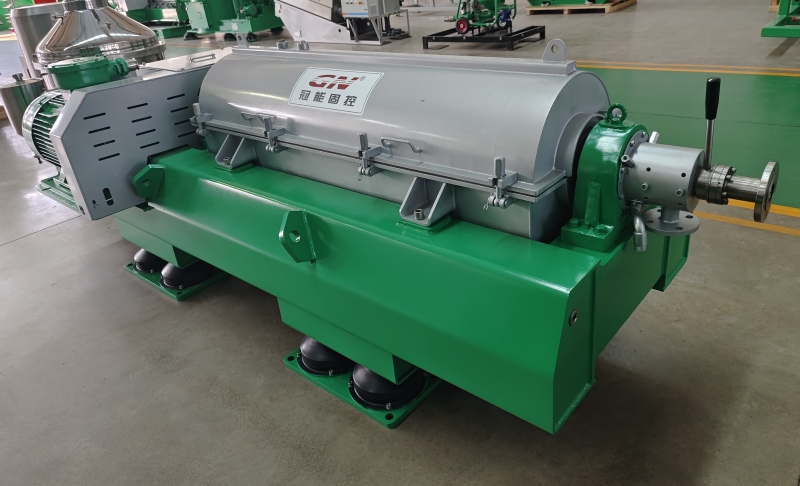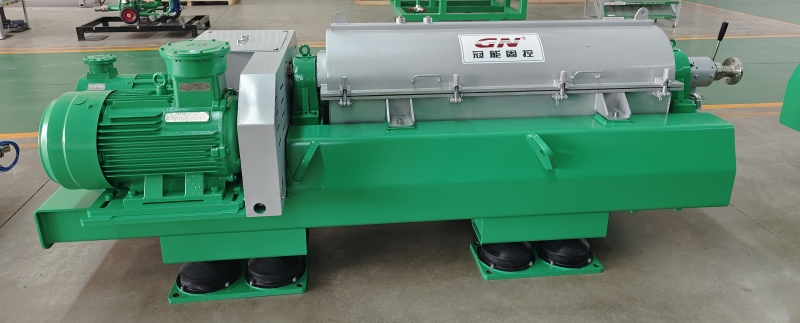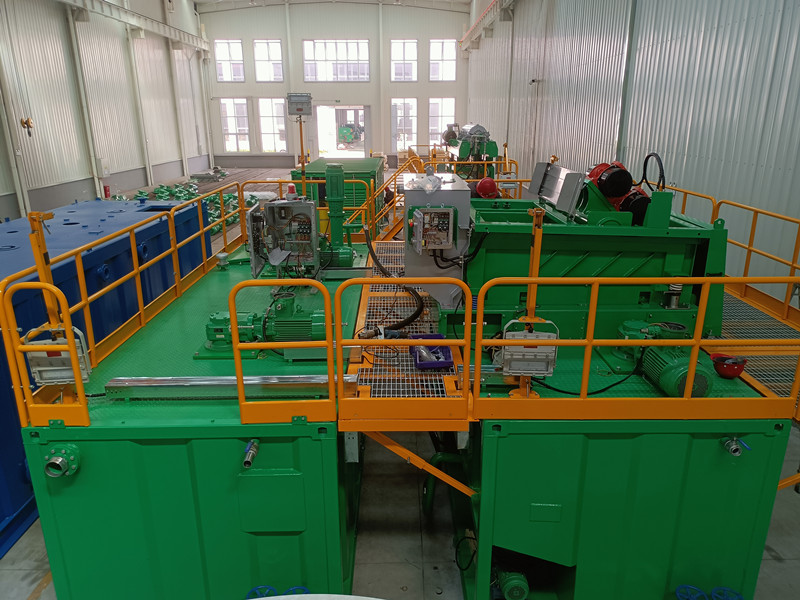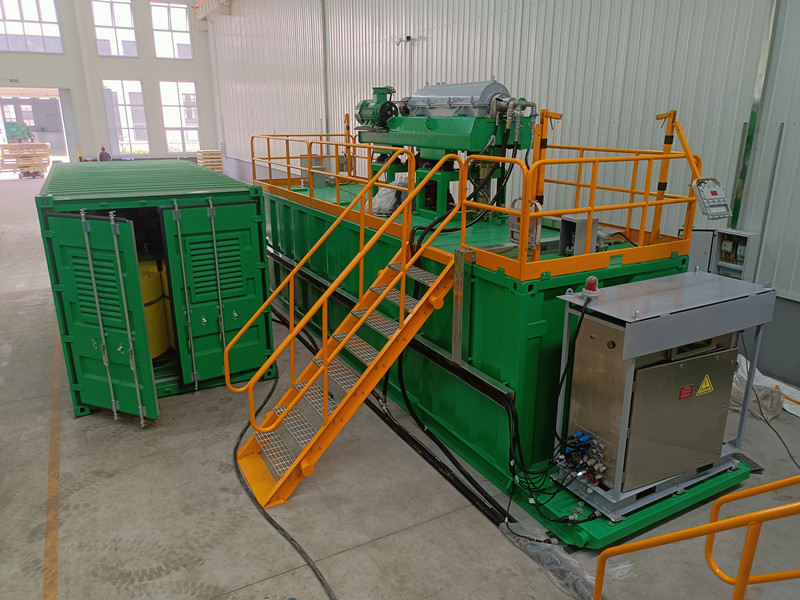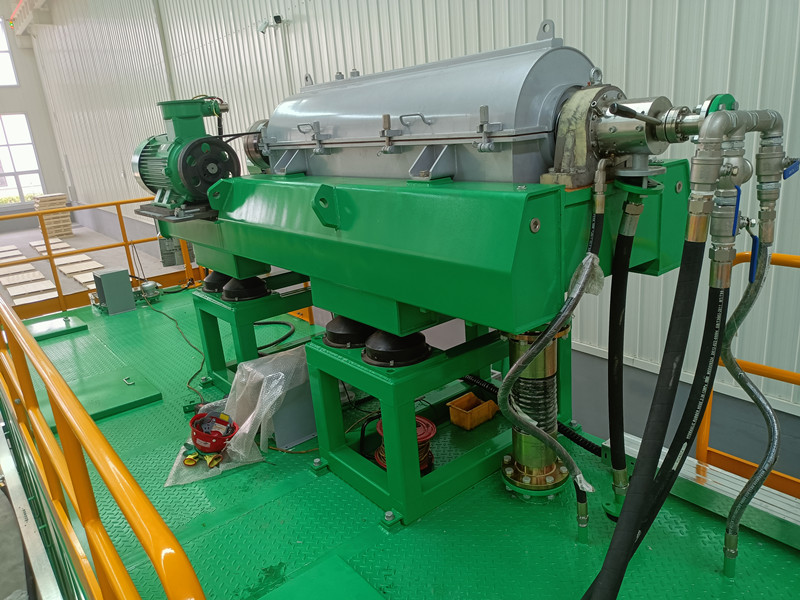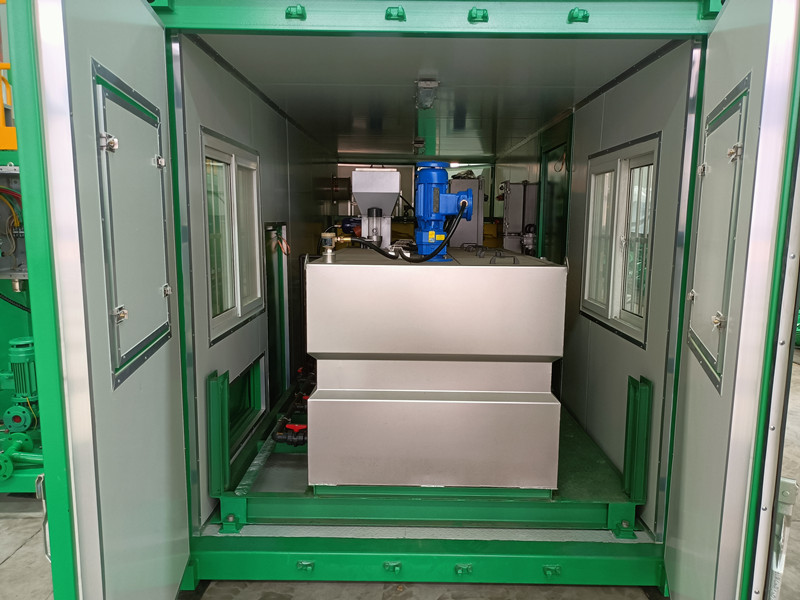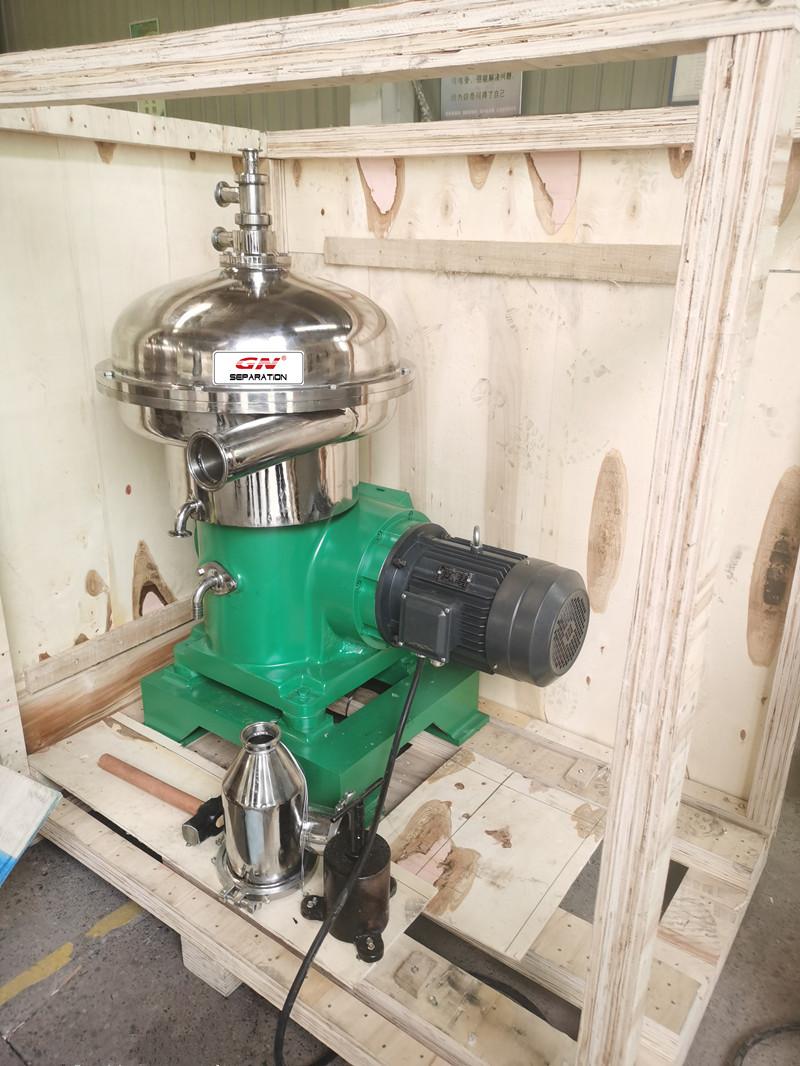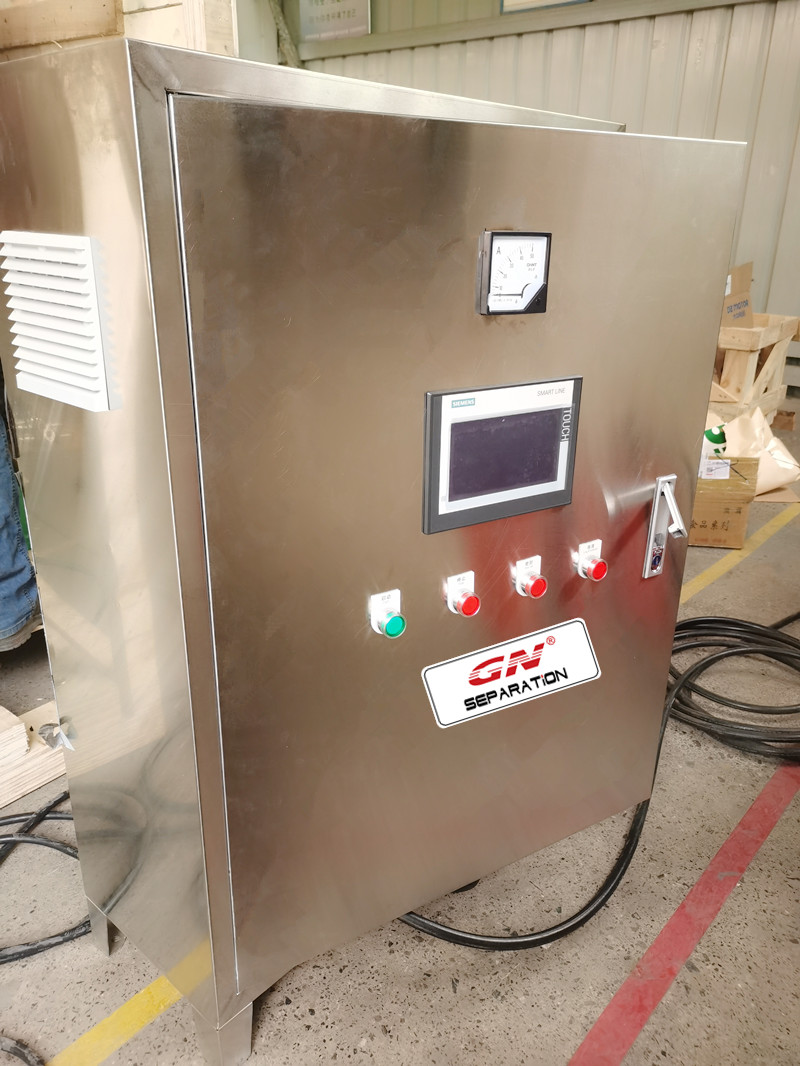The GN centrifugal desander and desilter machine is a type of solids control equipment commonly used in the drilling industry. It is designed to remove sand-sized particles (desanding) and silt-sized particles (desilting) from drilling fluids, ensuring the cleanliness and effectiveness of the fluid during drilling operations.

The working principle of the GN centrifugal desander and desilter machine is based on centrifugal force. As the drilling fluid enters the machine, it is directed to a series of rotating cones or bowls. The centrifugal force generated by the rotation of these cones or bowls separates the solid particles from the fluid based on their size and density. The larger particles are forced to the outer walls of the cones or bowls and are then discharged through outlets, while the cleaner fluid flows out of the machine for reuse in the drilling process.]

The GN centrifugal desander and desilter machine offers several advantages. It can effectively remove solid particles from the drilling fluid, improving the fluid’s properties and extending its useful life. This reduces the need for frequent fluid replacement, saving time and money. Additionally, the machine helps maintain the integrity of the drilling equipment by reducing wear and tear caused by abrasive particles.
Overall, the GN centrifugal desander and desilter machine is a crucial piece of equipment for ensuring the efficient and effective operation of drilling operations. It plays a vital role in maintaining the cleanliness and performance of the drilling fluid, which is essential for successful drilling operations.
For further question, pls feel free to contact GN directly.
